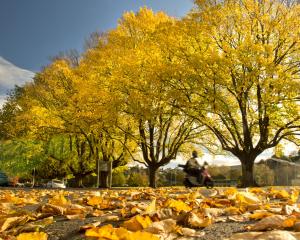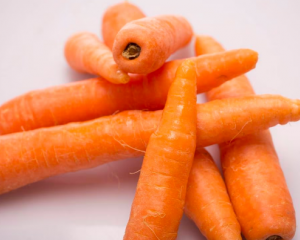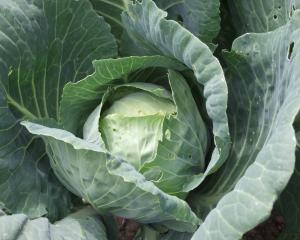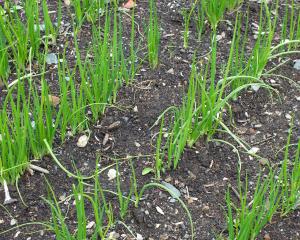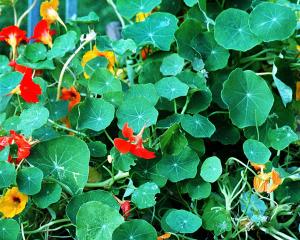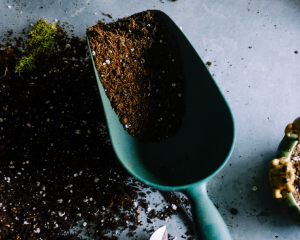What to do in your garden this week.
Vegetables
Potatoes are an easy-to-grow staple vegetable and many varieties are available.
Medium-sized tubers 6cm or 7cm long and 4cm or 5cm wide are right for most varieties, but smaller potatoes will still give reasonable crops.
Place them on newspaper in a light, frost-free place to sprout.
Small quantities can be sprouted in egg cartons or trays, which can be labelled with a felt pen.
Main crop potatoes do not need to be sprouted in this way, although they are best kept in the light, rather than in sacks or boxes, where excessive sprouting might reduce their vitality.
Prepare soil for early plantings in August by adding plenty of compost, but no lime, to an area facing north or northeast and, ideally, sheltered to the west.
Compost heaps and topless bins need to be protected from heavy winter rains.
Compost heaps take longer to rot down at this time of the year and should be turned over regularly.
If fowl manure is available, its strong nitrogen content will speed up the decomposition process.
Carrots and beetroot can be lifted and stored in a corner of the garden.
Cover thickly with loose soil or sawdust and they will be easy to dig when the soil freezes.
Parsnips and swedes, whose flavours improve after frosts, can be treated in this way but are better left where they grew.
Green manure crops that have reached 15cm or higher should be dug in now.
Left too long, the raw material will not have decomposed sufficiently for seeds to germinate.
The most active soil micro-organisms are in the top 15cm, so for rapid decomposition, chop the green crops with a spade and turn under the surface only.
Adding garden lime at the same time will aid the process. Leave the soil surface rough for frosts and weather to break it up.


